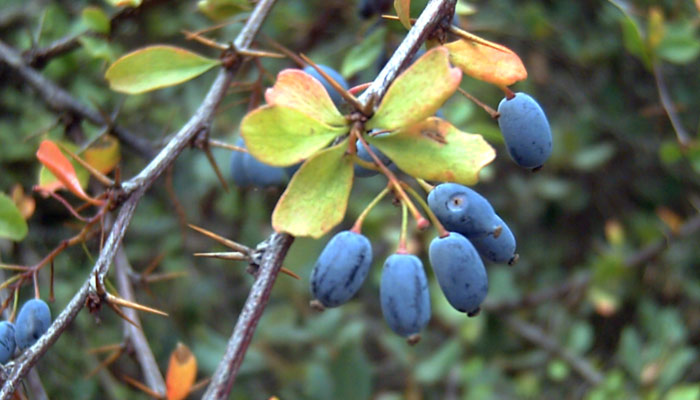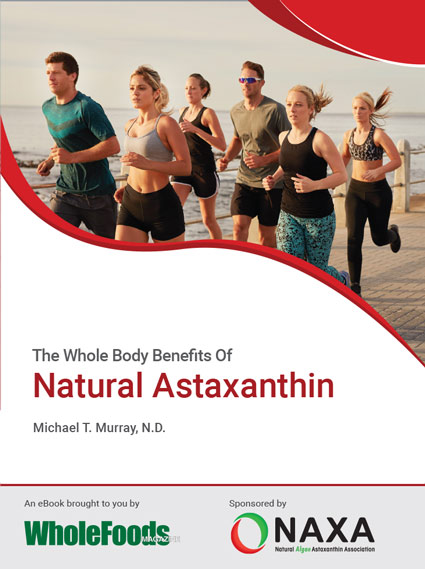
by Gill | Feb 13, 2017 | Supplements
Introduction: One of the most exciting natural products in current medical research is berberine, an alkaloid found in goldenseal root, barberry bark, Oregon grape root, and coptis (goldthread) root. What is so exciting about the research is: The results from clinical...

by Gill | Feb 6, 2017 | Depression
Are Psilocybin Mushrooms a Game Changer for Severe Anxiety/Depression? Introduction: There are major developments taking place right now in medical research that I believe will eventually lead to amazing new treatments. The ironic thing is that in many cases some of...

by Gill | Jan 24, 2017 | Prescription Drugs
Introduction: The U.S. Food and Drug Administration (FDA) is strengthening an existing label warning that non-aspirin nonsteroidal anti-inflammatory drugs (NSAIDs) increase the risk of having heart attack or stroke. This new warning is based on a comprehensive review...

by Gill | Jan 23, 2017 | Most Recent, Natural Facts
“Astaxanthin is the crowned king of antioxidants,” said Dr. Murray. “It is given this title because of its unique benefits and actions in promoting health and protecting against cellular damage, especially in the brain and vascular system and I’m excited to help...

by Gill | Nov 22, 2016 | Awareness month, Digestion, Most Recent, Natural Facts
How crazy is it that Americans spend over $2 billion a year on laxatives to deal with constipation? Here is something else to ponder, studies designed to determine the percentage of adults suffering from chronic constipation put the number between 24% to almost 50%....








